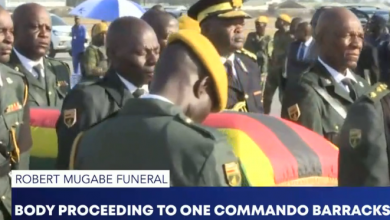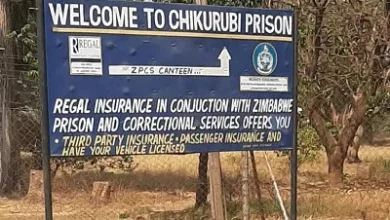Matabeleland to lose constituencies ahead of next polls

Constituencies in Bulawayo, Matabeleland North, Matabeleland South and Masvingo are likely to be reduced once delimitation of boundaries set to be held in 2022 is conducted, a survey carried out by the Zimbabwe Election Support Network (ZESN) has indicated.
In the same vein, provinces like Harare, Manicaland, Mashonaland West, and Mashonaland Central are likely to have more constituencies while the number of constituencies in Mashonaland East and Midlands will remain unchanged.
Delimitation of boundaries is critical to the electoral outcome as it would map out constituencies and wards in which people exercise their right to vote.
Zimbabwe last conducted the delimitation exercise in 2007, shortly before the harmonised elections held in March 2008.
The 2018 harmonised elections used the constituency boundaries mapped in 2007.
The 2013 Constitution provided a new legal framework for delimitation, and Section 161 of the Constitution provides for Electoral boundaries to be delimited once every 10 years after a population census.
The next population census will be conducted in 2022, a year before the next electoral cycle.
To calculate the proposed number of constituencies, ZESN used a formula which involved dividing numbers of registered voters by the total number of constituencies to obtain the average registered voters per constituency.
To find the number of constituencies per province, total provincial registered voters were divided by the average.
A consultant for elections at ZESN, Solomon Bobosibunu said estimates for the proposed number of constituencies were based on the currently registered voters, as at February 2019.
The total number of registered voters’ is 5 686 121, as in the February 2019 voters’ roll.
Harare has the largest number of registered voters at 899 333, then Midlands with 760 615, Manicaland – 732 292, Mashonaland West – 654 272, Mashonaland East – 632 013, and Bulawayo had the least number of registered voters at 257 924.
“Applying the +/- 20% threshold provided for in the Constitution gave these figures; the lowest number of registered voters expected for any constituency would be 21 662, the average will be 27 077 and the highest number of registered voters expected would be 32493. For the purposes of this research, the average was used to provide an overall picture.”
Bulawayo, which currently has 12 constituencies, would most likely end up with 10.
Matabeleland North will also reduce from 13 constituencies to 12 while Matabeleland South will end up with 10 constituencies from 13.
Harare with 29 constituencies will increase to 33.
Bobosibunu said delimitation of boundaries is a key aspect of the electoral process as it has an effect on numbers that are in a constituency and ward since the country’s predominant system of voting is the First-Past-the-Post system based on voters electing their representatives based on constituencies and wards.
Delimitation will also see the numbers of wards in the respective constituencies increased or decreased.
ZESN’s representative in the southern region, Ndodana Ndlovu said if electoral boundaries are poorly drawn, it can lead to under-representation or over-representation.
“The fundamental principle is that electoral boundaries must as far as possible create equally-represented constituencies with shared community interests. The principle of one person one vote is based on the core value that each vote must be equal to the other,” he said.






